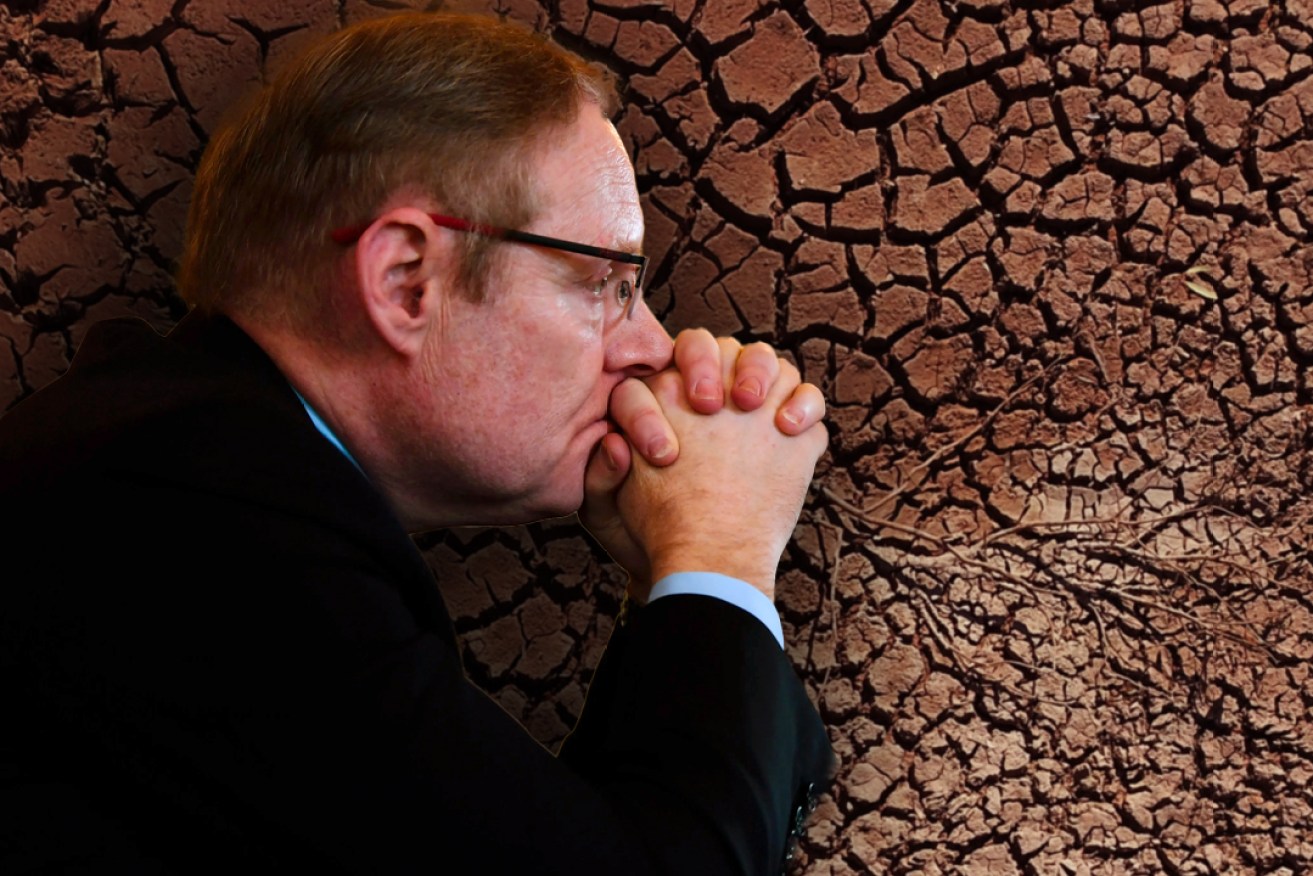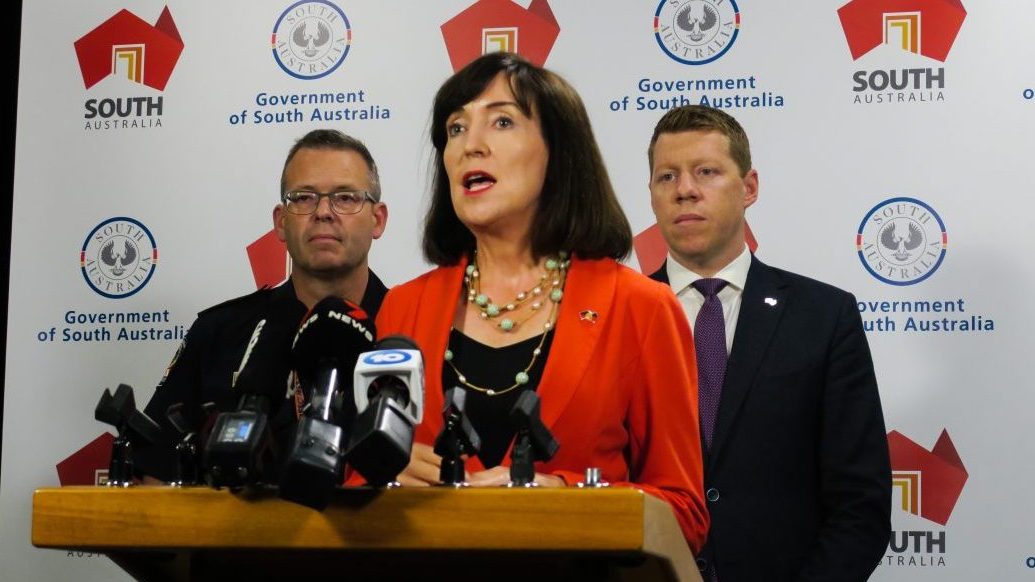Fear mongering ‘unforgivable’ amid Murray basin drought warning
SA’s River Murray Commissioner has delivered a damning report stating that it will take more than 1000 years to deliver vital environmental water to the Murray Darling Basin at the current rate.


SA River Murray Commissioner Richard Beasley
Commissioner Richard Beasley SC said it would be “unforgivable” for politicians to “fear monger” about immediately using the buy back of water as scientific modelling shows rising temperatures caused by climate change could be “catastrophic”.
Latest figures show only 4GL of the promised 450GL of water vital to the health of the River Murray, Coorong, Lower Lakes and Murray Mouth has been delivered under the Murray Darling Basin Plan in 10 years.
“I appreciate it might seem odd to some to discuss recovering water for the environment at a time when many areas of the Murray-Darling Basin are experiencing horrendous flood events,” Beasley said in his interim report to Climate, Environment and Water Minister Susan Close.
“(However), other than amongst lunatics, the debate is no longer about whether the climate will get hotter on a daily average basis – it is only a question of how much hotter, and hence how much less run-off or water availability that might mean for the basin.
“The current scenarios indicate a decrease in rainfall of about 10 per cent and a decrease in runoff of 30 per cent by 2050.”
The report cited CSIRO modelling projections that mean scientists are certain it will be hotter in the basin by 2030 and 2050 and that the river basin is already 1.1 degree to 1.4 degree hotter than pre-industrial times.
“On average, for every one degree celsius it gets hotter in the basin, in particular the southern basin, there will be 15 per cent less water runoff. A two degrees celsius increase could be catastrophic,” the prominent barrister and author said.
After extensive consultation since being appointed in August last year as the state’s first River Murray commissioner, Beasley wanted to provide an update outlining how the basin plan target “has become both unnecessarily controversial, as well as a near total failure”.
He feared governments would continue to avoid committing to buybacks before climate change further takes its toll.
“Unfortunately, at least to date, I have not seen a great deal of appetite by any government to deal in facts and data concerning buybacks,” he said.
“Hyperbole seems to be preferred. Of course, no Australian politician from any side of politics would engage in “fear mongering” in relation to water buybacks, but if they did it would be not just unforgivable, but contrary to the national (and local) interest.”
The report said the current rate of water recovery is 0.4GL per year.
“This would mean that at the current rate it will take approximately another 1,125 years to recover this water,” Beasley, who was a senior counsel assisting at the state’s Murray-Darling royal commission, said.
Beasley believed governments must buy water back rather than waste time and money on “efficiencies” that have been called into question, with the Victorian Government flagging that it will halt promised environmental work projects.
The New South Wales government has failed to provide its Water Resource Plans accredited under the basin plan, despite the original deadline being June 30, 2019.
Beasley, who wrote the book Dead in the Water, said nearly 10 years after a constraints policy – that works to remove blockades to delivering environmental water – was developed by the MDBA, there had been little progress.
I have not seen a great deal of appetite by any government to deal in facts and data concerning buybacks
“I have been advised that, in particular, New South Wales and Victoria have made no real attempts to make progress in relation to constraints, and there is also resistance by some landowners to constraint measures such as the construction of culverts or the building of bridges for land access,” he said.
“Lack of progress in relation to constraints seems to have been used as an excuse for a lack of action in relation to the recovery of the 450GL.”
He blamed the lack of work done to buy back water “when it was obvious it would not be recovered through efficiency measure alone” as one of the key reasons why only four of the 450GL has been recovered in 10 years.
Beasley’s final report is due on June 30.
In response to the interim report, South Australia’s Climate, Environment and Water Minister Susan Close said evidence clearly supports Beasley’s claims that efficiencies targets are not working.

Deputy Premier Susan Close. Photo: Jason Katsaras/InDaily
Close said the Federal Government’s commitment to buy backs must be implemented after political opposition to recover water and participate in efficiency measures in New South Wales and Victoria have prevented the plan from working.
“There have been many opportunities over many years to utilise on and off-farm efficiency measures to meet this target but Victoria and NSW have refused to participate,” she said.
“The overblown rhetoric from the upstream states about the impacts of voluntary buy backs was scotched by the Royal Commission into the River Murray.
“Irrigators should be able to sell their water assets on the open market for environmental purposes and previous buy backs show irrigators nearly always retain some water rights and that no particular region will sell all of its water.”
Legal action has not been ruled out by the South Australian government, with Close saying Australia is “extremely unlikely’ to meet the Murray-Darling Basin Plan commitment to deliver 450GL by June 2024.




